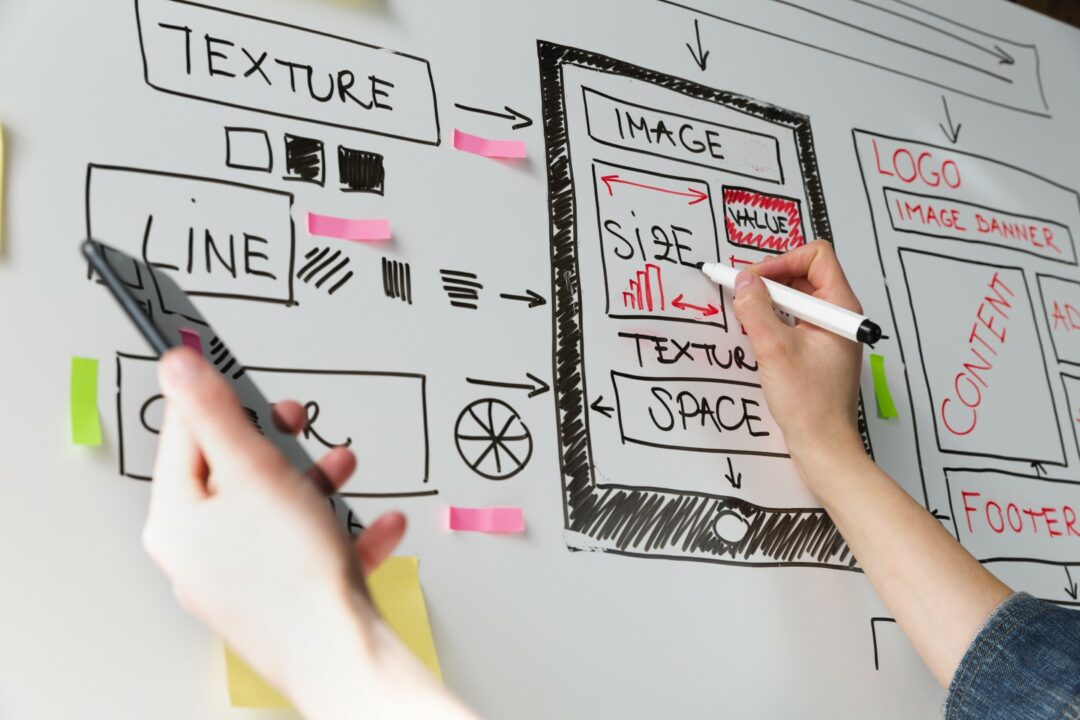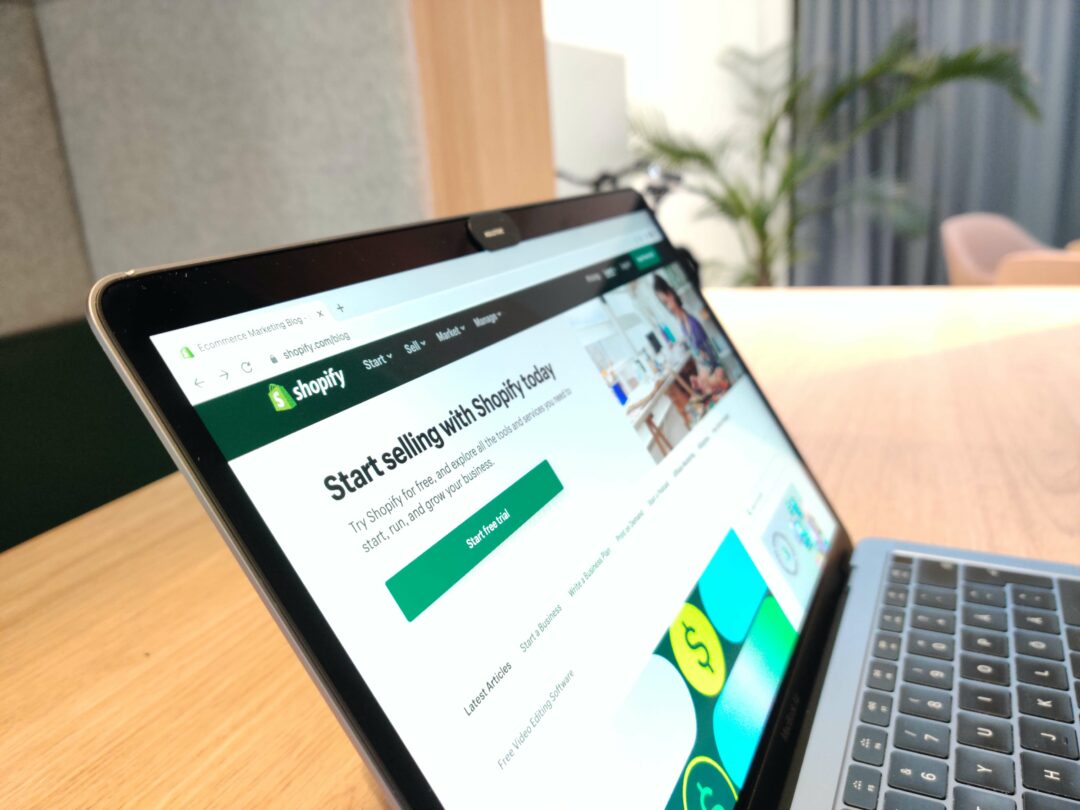Running a successful SaaS product can feel like you are caught on a treadmill stuck on high speed. You run from problem to problem never really feeling like you are getting anywhere.
If your latest problem sees you struggling to work out why users aren’t signing in more regularly, or maybe you are getting too many support tickets, then today’s blog post is for you. We will be helping you discover how UX design improves user productivity and engagement.
So jump off the treadmill and let us be your guide.
What is SaaS user productivity and why does it matter?
SaaS user productivity can be measured by looking at your user task completion metrics. We can use these to see where in the user flow people bounce away.
Users might bounce because they feel stuck within a process. The result of this is either a diversion from their task to the help desk or exiting the app.
Another metric to gauge productivity is your net promoter score (NPS). User surveys or interviews are the best way to find out exactly where the pain points lie with your design and how they make users feel about your product.
Problems in SaaS user productivity can cause higher churn rates.
What is SaaS user engagement and why does it matter?
SaaS user engagement can be measured by the frequency and quality of your users’ interactions. You can define these measurements in your product analytics as
- Monthly active users (MAU)
- Weekly active users (WAU)
- Daily active users (DAU)
- Average session time
- Average session intervals (how long between logins)
The more frequent and longer user interactions become, the more likely that your user will go on to be a long-term customer. In turn, increasing the chance that they will buy into bigger plans if they see the value in them.
Problems with SaaS user engagement also trigger higher churn rates.
Read more: The 4 SaaS growth metrics you need to track and why they are important
How good UX design improves productivity and engagement in B2B and B2C SaaS applications
UX design is known to increase conversion rates by 400%, but what can it do for SaaS user productivity and engagement specifically?
A UX designer is interested in how your product functions, feels and looks to users. In their design process, they will dive deep into user psychology and perceptions to understand user pain points, intentions and demographic interaction patterns.
These then inform how your product is put together to encourage higher rates of productivity and engagement.
The main areas good UX design focuses on are the bits that make the biggest difference to your product:
- A simplified and intuitive onboarding process that starts habit-forming processes
- Creating a value proposition throughout the product life cycle
- Introducing key features at the right time in a user’s journey
- Creating guides and knowledge bases to drive support ticket numbers down
In other words, a focus on your UX ultimately reduces churn through increased frequency of use and task completion ability.
Let’s dive into some tips so you can see good UX in action.
Our 8 top UX design tips for improved SaaS user productivity and engagement
As UX designers we know that increasing SaaS user productivity and engagement is down to how your product looks, works and encourages interaction. We also understand that achieving this has a knock-on effect when it comes to reducing churn, improving retention and increasing word-of-mouth referrals.
With this in mind, we thought it would be useful to run through our biggest tips as we round out this blog post.
1. Keep your design clean, clear and visually compelling
Recently we talked about how good UX design reduces churn rates and in that post, one of the conversation points was about focusing your product to do one thing well. The importance of this isn’t just about the user, it also makes your design easier to consider.
Let’s look at Sunsama, one of our favourite planning tools.

They have simplified their product design to make the process of using their software easy and intuitive. From the instant you sign in you are visually guided to either check your schedule or add to it.
Their website design is also clean, clear and visually compelling because it focuses on one thing; telling you what they do concisely, providing contrast in colour to highlight their CTA and clearly explaining what you get when you take the signup action (a 14-day trial).
Users aren’t confused or unclear about their next steps, so engagement is easy.
2. Make sure your interaction points are intuitive
On the point of providing intuitive experiences, it’s also crucial that you keep your user’s attention with easy-to-find content and obvious next steps. We can do this through better use of search bars and navigation.
It’s also worth remembering that there are two types of user preferences when it comes to visual search and navigation; those who prefer menu systems and those who prefer search facilities. Make sure you know where your audience falls but ideally provide both options.
3. Simplify your page CTAs
Depending on how complex your product is, sometimes it can feel like there is a lot to tell your user. If you bombard your user with too much information and too many choices they get confused.
The result? They don’t take the next step. Worse still they can take the wrong next step, leading them to miss their desired goal and causing frustration.
To avoid this keep to one clear next step (CTA) per page. Highlight and contrast this next step if there really needs to be a secondary option. This will provide guidance to the user in a way that feels more intuitive, keeping them engaged with your product for longer.
4. Focus on your demographic for interactive patterns
“Interactive patterns” is a UX design term that defines the blueprint for how a set of users prefer to use a product. These patterns are often learnt through repetition and become the norm for how these users prefer to use all other products.
For example, Tinder introduced the “swipe left and right” feature which really took off for their target customer. Now other products that offer different things to the same demographic use that mechanic to encourage interaction with their product – why? Because they already know it works!
Let’s say you have a SaaS product you are focusing on for Gen Z. In order to understand the interaction patterns of this demographic you need to look at TikTok. Intuitive and repetitive actions have already been carefully thought out and some of those mechanics for how their user behaves have already been made. You don’t need to reinvent the wheel, just understand how to utilise mechanics to encourage engagement with your product.
5. Treat the first steps of your post-login user flow as quick user actions
Often when we log into apps we are aiming to complete one task quickly. On Sunsama it might be to add a task or tick one off of our to-do list. It might also be to simply check a meeting time. Whatever it is, providing access to it quickly will encourage more returning logins from your user.
There are two ways of creating this within your product.
Firstly, by highlighting a clear CTA at the top of your device view. Sunsama does it by simplifying and highlighting the ways in which you can “add a task”, or “add a meeting”.
The second way is by creating a series of personalised user flow options for returning users. This is a great step because the machine learning component of your build identifies which step your user is most likely to take.
E-commerce platforms like Etsy do this well. As you log in, if you have a review for a product open, then they ask you to do this at the top of your screen. If you were recently looking at jewellery, then they will show you a series of products that match your search criteria at the top of the screen. All of these CTAs change based on your recent use of their product and encourage interaction as if you had never left the app to do something else.
6. Be your user’s guide
There will be times when your user feels stuck and how your product helps to solve that problem directly affects engagement, productivity, retention and churn rates. Make sure that your help desk is easy to find and use, and that during your user flow, you are always guiding your user with helpful next-step hints.
Knowledge bases are incredibly useful for more complex products and can help back up value perceptions, which we will talk about next.
7. Show your value
The “a-ha moment” is the moment at which your user realises that your product is the product to help them do ‘x’. It needs to happen quickly within the onboarding process in order to reduce churn and encourage further engagement.
We know this because we know that users are often trialling several products at once and many users who sign up for apps never return after the onboarding process finishes.
This means that your onboarding first-use tour has to be helpful in providing clear steps, it should also help them achieve first-task completion and it should show them how easy your product made that process for them, plus the scope of other tasks available.
A memorable experience for the right reasons will quickly instil value in using your product over another.
8. Remember time is money
Users are shrewd investors. They shop around and sign up for the SaaS product that gives them the best value. They are also very self-aware and they are looking for the product that provides them with the best productivity ROI, often buying into bigger plans or top plans with the app they fall in love with.
So why not use this to your advantage and show them how much time they have saved using your features?
Let our UX design team improve your SaaS user productivity and engagement
Here at Strafe, we have a fantastic team of UX designers, each proactively making a BIG difference for the SaaS owners we work with. We would love to help you too. Let us help you get off the treadmill and into the race – all you need to do is drop your project details into our planner and we’ll be in touch!





